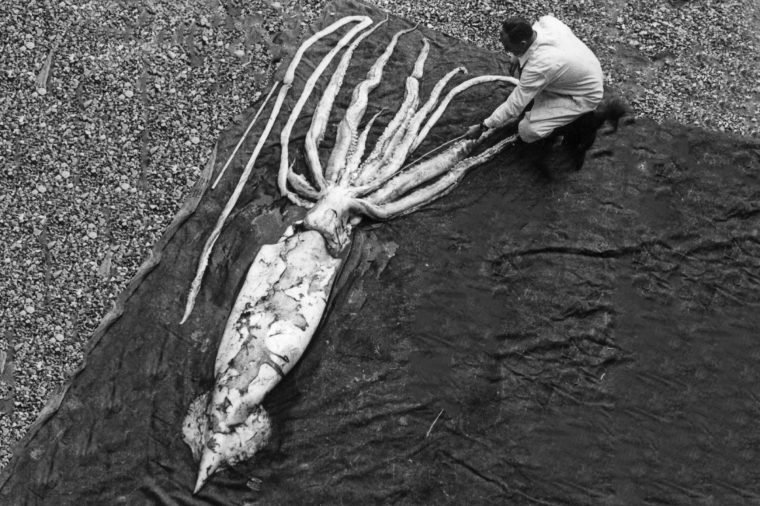


What they found was a brain more complex than that of a rat or a mouse. “Despite intense interest and research progress concerning cephalopods’ complex behavioral and cognitive abilities, the large sized complex cephalopod nervous systems, in particular, are an ‘elephant in the room’ when it comes to knowledge gaps, with most work on their neuroarchitecture and function dating back over 50 years ago,” Wen-Sung Chung told Medical News Today.Ĭhung, of the Queensland Brain Institute, and team were particularly interested in the neural ability of these creatures to change color not only for camouflage, but also to communicate. The results of their study now appear in the journal iScience. Now, researchers at the University of Queensland in Brisbane, Australia, have turned to modern technology to complete the first MRI-based map of the brain of the squid in 50 years. This complex behavior has drawn intense interest by researchers over the years. Though colorblind, they are also able to instantly change colors, using different colors on their upper and lower bodies to blend into different backgrounds and attract potential mates. They are actually able to count, solve problems, recognize patterns, and communicate through a number of signals. There is more to squids - which belong to the cephalopod family, with octopi and cuttlefish - than meets the eye. Experts theorize that Colossal squids lay their eggs in much the same manner.Share on Pinterest New research has found that squid brains are more complex than scientists once believed. However, we do know that another large squid, the giant squid, lays its eggs in clusters that are surrounded by a jelly-like substance that floats. How it is used in relation to fertilizing the females’ eggs is not known. It is also known that male Colossal squids possess a penis. What we do know is that they are a sexually dimorphic animal, with the females being larger than the males. The process of reproduction in Colossal squids has never been observed or recorded. Then, using their large beaks, they attack their prey, removing large chunks of these animal at a time. As a slow moving animal, it is likely that Colossal squids are ambush predators (which means they stay in one position and wait for their prey to come to them). While there have been very few observations of colossal squids within their natural habitats, they are thought to be solitary animals that move slowly through the water.

While the exact numbers of Colossal squid are not known, their lack of natural predators and powerful bodies suggest that they are not at risk of being endangered or extinct, and are considered an animal of “Least Concern”.

However, they mostly eat only juvenile colossal squid, which are much smaller than well-developed adults. Their other predators include elephant seals, beaked whales, sleeper sharks, and albatrosses. Sperm whales have also been seen with scars on their bodies, the shape of which match the hooks that are found on Colossal squid tentacles. Sperm whales are their natural predators, and tentacles and beaks of the Colossal squid have been found in the stomachs of Sperm whales. Juvenile Colossal squids can descend to a depth of around 3,300 feet, while adults are known to reach at least 7,200 feet below the surface. It has been spotted in waters near southern parts of New Zealand, South Africa and South America. Habitat and RangeĪlso known as the Antarctic squid, the Colossal squid lives in the cold waters of the Southern Ocean. It is also likely that they dine on other squid as well. However, what is known is that with the help of their large beaks, colossal squids are able to eat very large fish such as, for example, the Patagonian tooth fish. Information on the daily life of the Colossal Squid is limited due to the fact that there has not been a living specimen caught that has been observed. The eye is estimated to be even larger, at about 12 to 16 inches, within living squids. The eyes of the Colossal squid are record breaking as well: 11 inches in diameter as measured from deceased specimens. They can reach 46 feet in length and weigh around 1,100 pounds. Their limbs and tentacles are long and have sharp hooks equipped at the end. The body of the Colossal squid is wider and more compact than most other squid, making it heavier than even the Giant squid. The shape of the Colossal squid is similar to that the giant squid, but with a larger mantle and shorter tentacles.


 0 kommentar(er)
0 kommentar(er)
